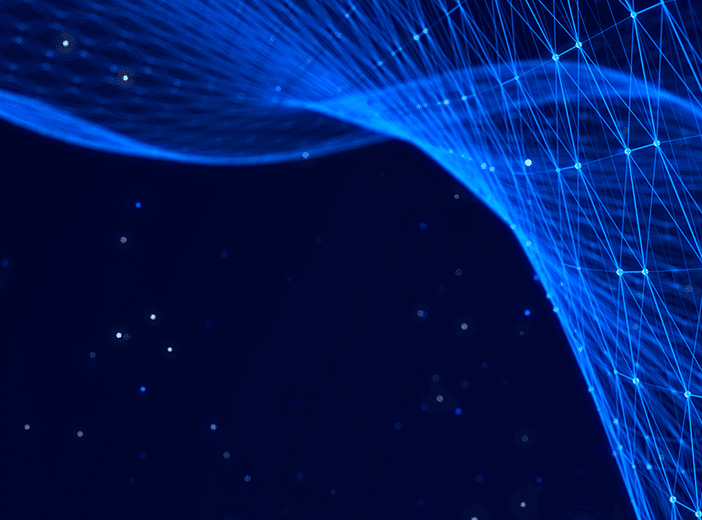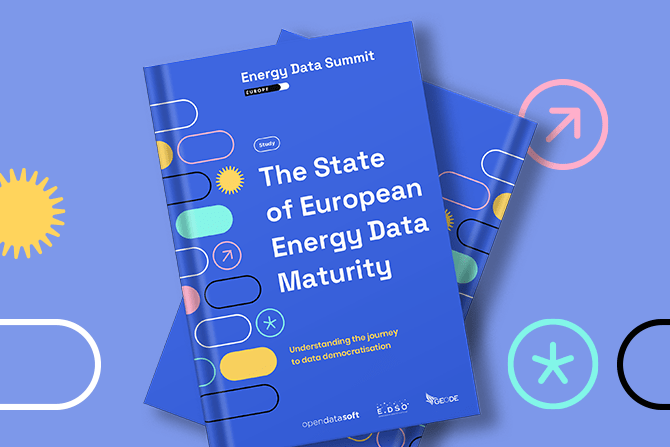Glossary
Digital Twin
A digital twin is a virtual replica of a physical element which is capable of reproducing its behavior and lifecycle.
A digital twin is a virtual – and indistinguishable – replica of a product, person, system, or physical location. Powered by data, it can cover the entire lifecycle of the original element, from its conception and manufacturing to its usage. To achieve this, it utilizes artificial intelligence and machine learning. It can also incorporate IoT sensors, updated in real-time, to reflect changes occurring in the real-world object.
The technology of digital twins has been around for some years, and has evolved over time. As early as the 1960s, NASA was already employing these principles by producing duplicates of spacecraft for studies and simulations on Earth.
Today, this technology is used in various fields such as smart cities, engineering, manufacturing and healthcare, to facilitate simulation, optimization, and better decision-making.
Advantages of Digital Twins
Digital Twins Enable Production Time Savings
Using a digital twin enables organizations to foresee and predict potential issues in a production process, such as downtime. They can also serve as virtual prototypes to simulate scenarios and detect malfunctions ahead of full-scale production, as well as predicting when maintenance will be needed. By fixing problems in advance or giving warning of the need to carry out maintenance, organizations can save time and strengthen their agility and resilience.
Performance Improvement through Digital Twins
Digital twins provide real-time data. This enables organizations to assess the usage of their products through direct feedback. They can then identify strengths and weaknesses and incorporate them into their product roadmap.
Digital Twins: Tools for Remote Monitoring and Risk Reduction
Digital twins promote remote control and monitoring of industrial equipment. This reduces the number of employees required to check potentially hazardous equipment on-site.
Adapting Products and Services through Digital Twins
Digital twins help organizations to personalize products and services by analyzing customer data. Understanding their specific needs and tailoring their offerings creates a better customer experience, strengthening loyalty and boosting sales.
Limitations of Digital Twins
Despite these advantages, the widespread adoption of digital twins faces limitations including:
- Ensuring good model governance to avoid data protection vulnerabilities
- The requirement for a large amount of data and processing power to replicate complex objects and ensure their real-time operation
As these are both potentially expensive costs for the organization, digital twins are mainly used in large-scale production sectors.
Use of Digital Twins in Different Sectors
Sectors including industry, healthcare, and smart cities are taking advantages of digital twins
Industry
Digital twins are at the heart of the transformation towards Industry 4.0, offering innovative solutions for the simulation and optimization of industrial processes.
Automotive Industry
By using digital twins in the form of virtual models of vehicles, automotive industry engineers can simulate the physical behavior of vehicles before and after production, thus anticipating and avoiding performance issues with components, and facilitating the design and manufacturing process.
Energy Sector
Digital twins are widely used in the energy sector to optimize the performance and life cycle of equipment. Whether in offshore sectors, refining, or wind and solar farms, these tools enable better informed decision-making and more efficient management.
Healthcare Sector
In medicine, digital twins play a crucial role in creating digital models of entire patients or just parts of their anatomy. These models are used to test the impact of medication, prosthetics or surgical procedures.
Digital twins can also help the improve logistics and management of intensive care services by simulating patient flows.
Smart Cities
Digital twins can be used to improve the urban environment and the quality of life of citizens by scenario testing innovative solutions in managing smart cities. Examples include:
- Evaluating the impact of infrastructure, such as new bike lanes, on traffic flows and congestion
- Assisting in traffic management (safety and traffic flow) through data captured by traffic cameras and sensors
- Helping to achieve decarbonization goals, for example by simulating the impact of setting up bus lanes on travel times and pollution, to enable more sustainable urban planning. The city of Angers created a digital twin to model its energy consumption, which allowed it to reduce its costs by two-thirds.
- Visualizing the Wi-Fi coverage of a building to contribute to more efficient connectivity in urban areas.
Learn more about how digital twins can transform smart cities here.
Learn more

Blog
Delivering AI success through seamless access to actionable and machine readable data
High quality data is at the heart of successfully training and deploying AI algorithms and agents. Our blog explains how organizations can ensure that they are sharing easily actionable, machine readable data with AI through data products and data product marketplaces


